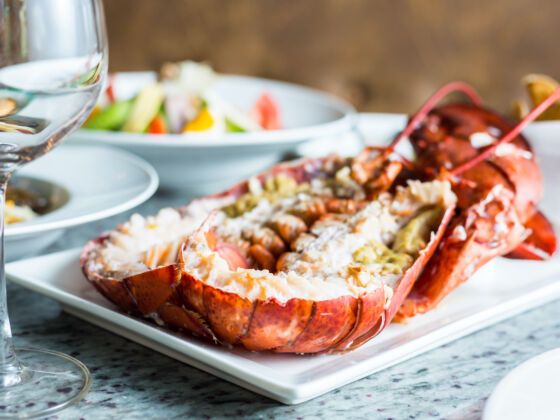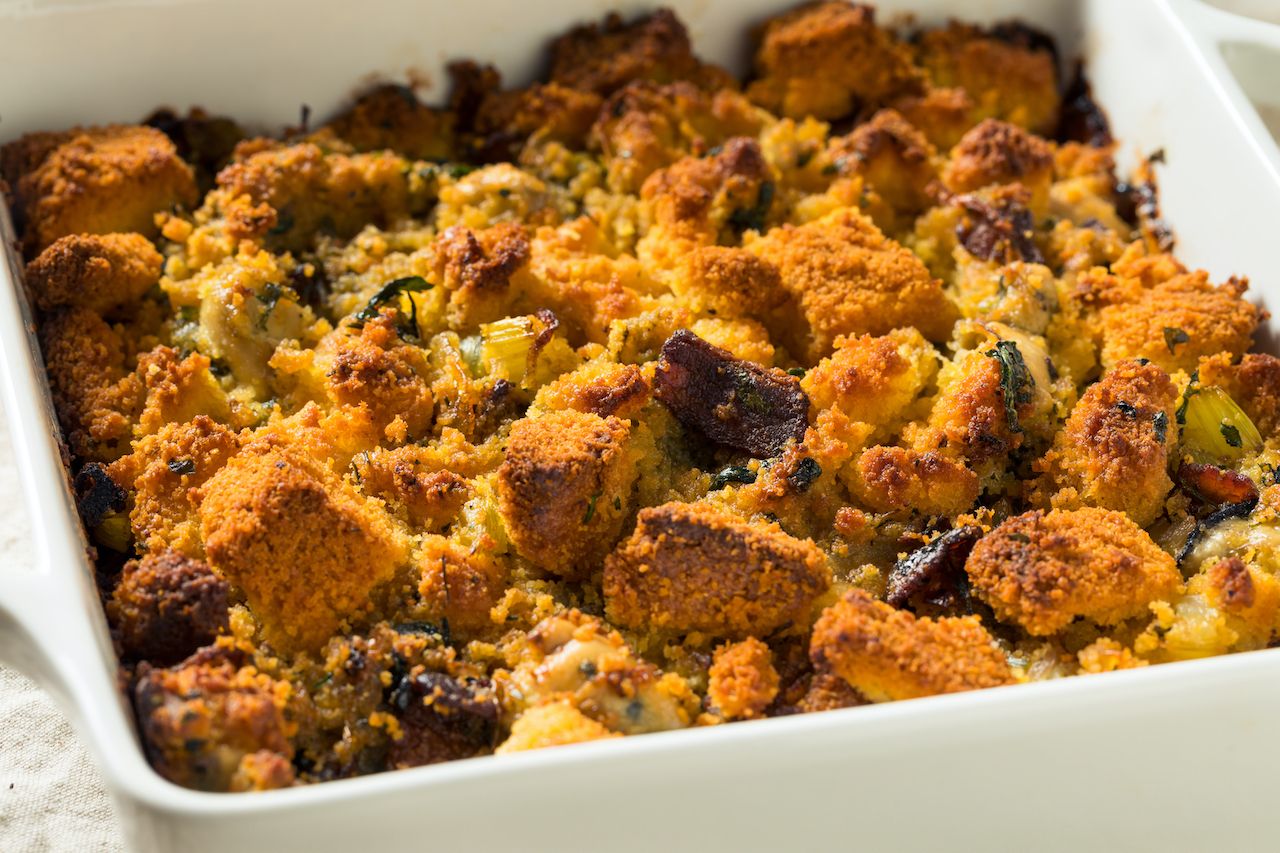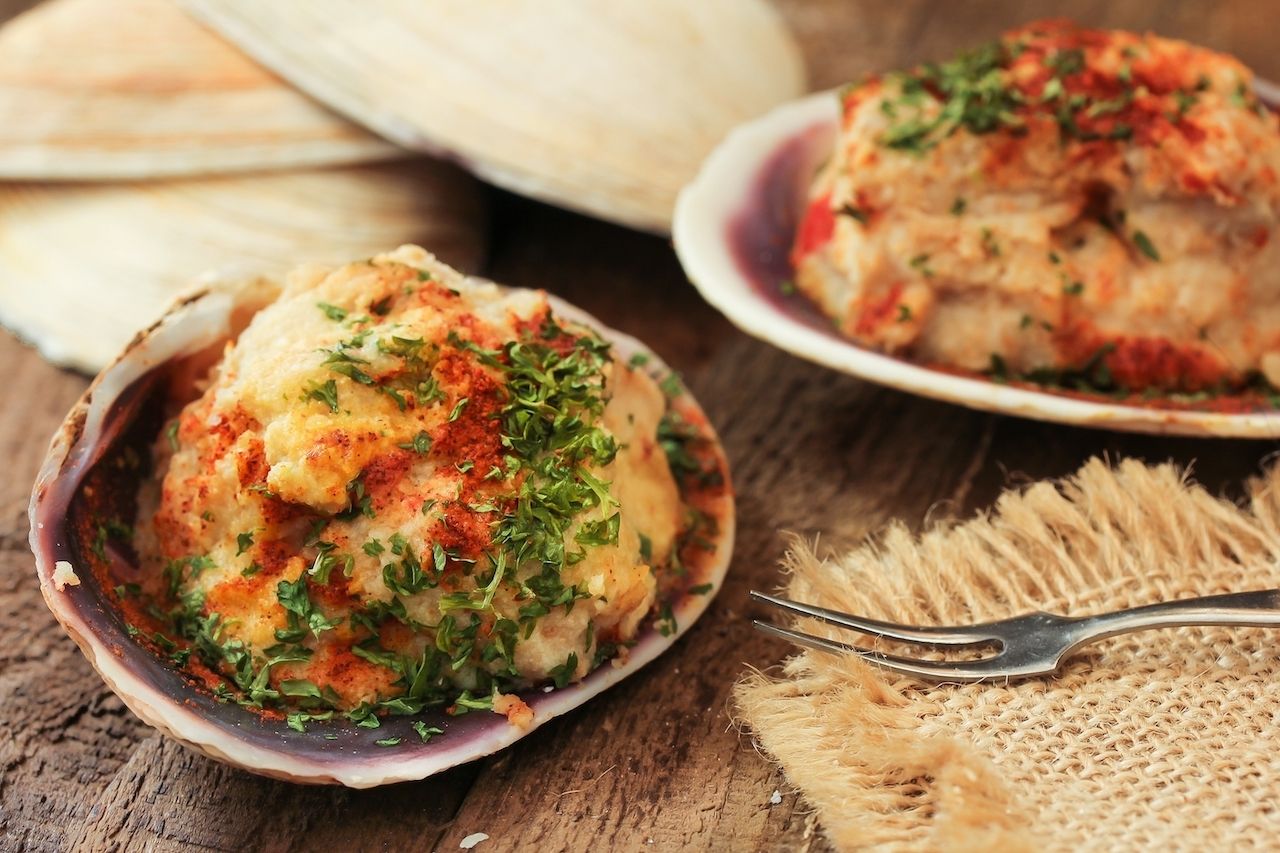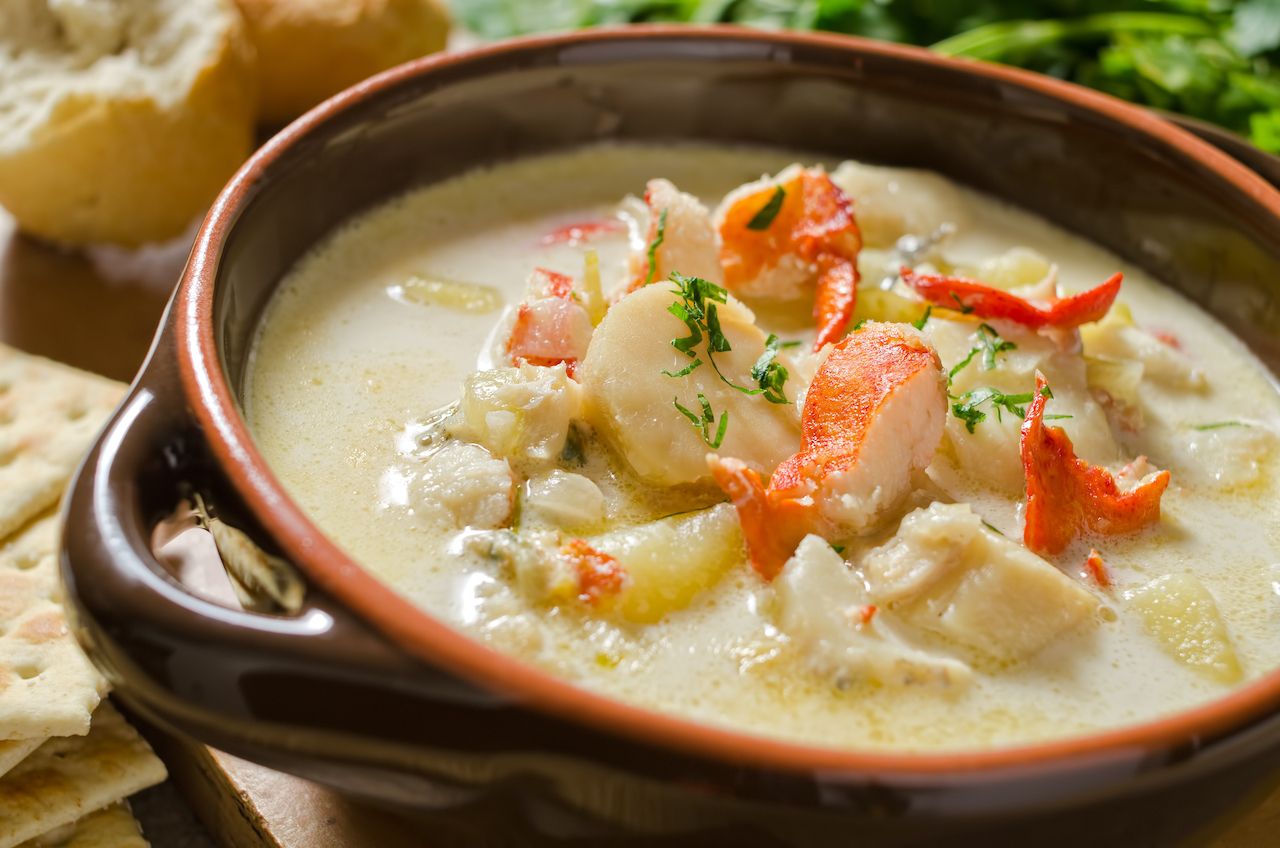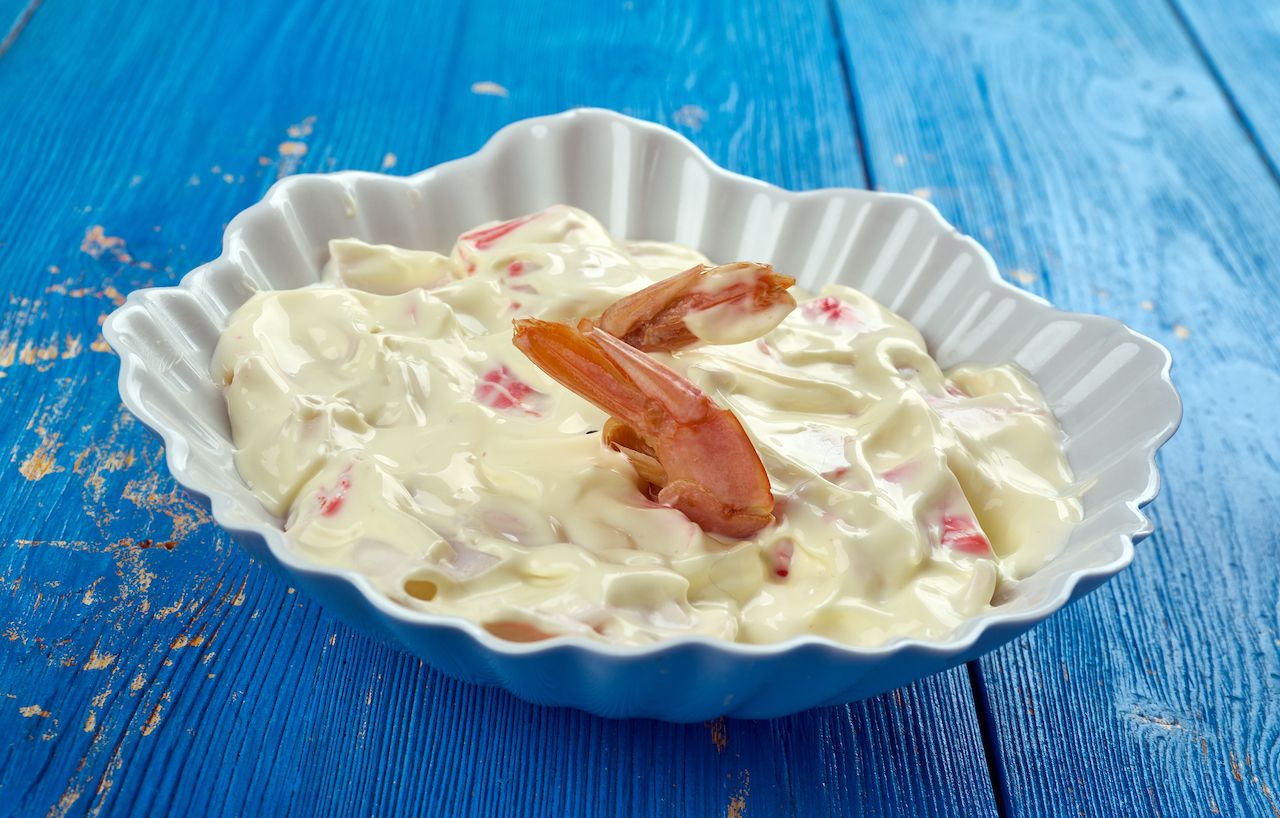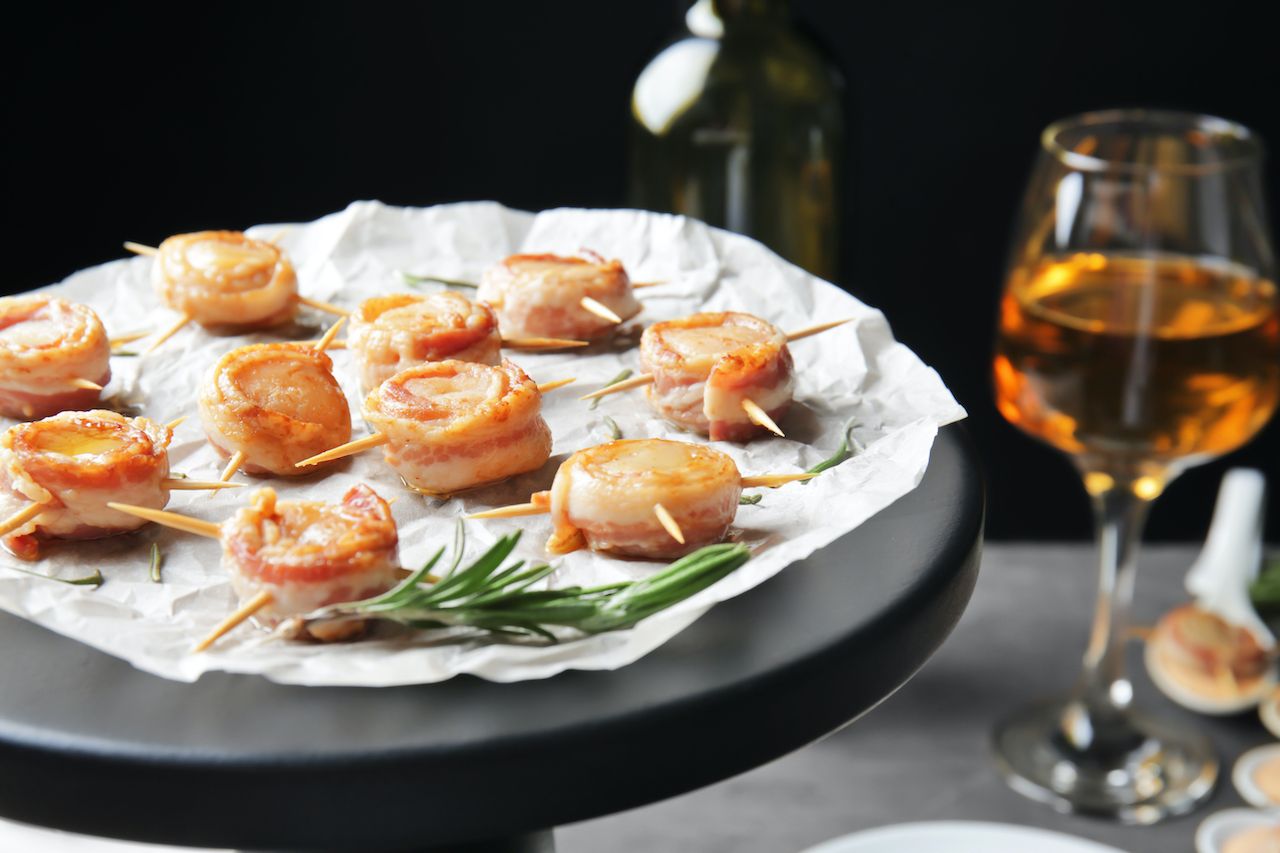Folks in New England celebrate Thanksgiving just like much of the United States: They roast a turkey for the main dish and slice up pumpkin pie for dessert. But for all its similarities, Thanksgiving dinner in the upper northeast US differentiates itself with heaps of seafood.
You might be surprised to learn that in the pantheon of Thanksgiving dishes, seafood for Thanksgiving dinner is actually more traditional than the turkey you’re used to eating every year. Oceana, an environmental nonprofit committed to advocacy for our oceans, writes that, “While we can’t prove that seafood graced the first Thanksgiving table, there’s evidence aplenty to suggest that the Wampanoag and English heartily enjoyed the fruits of the sea.” The Smithsonian surmises that because both colonists and indigenous people regularly feasted on “eels and shellfish, such as lobster, clams and mussels,” it’s not a stretch to suggest the first Thanksgiving probably included these creatures.
